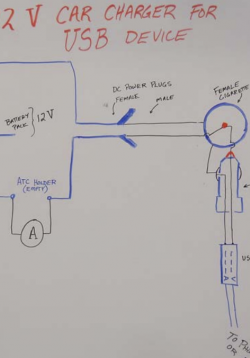Electrical Energy and Solar Module Efficiency
This lesson will let students do research to define terms that will be used in this unit. They will record this information in their Journals, which can be scientific or simple homemade notebooks. This lesson will also introduce the multimeter, small solar...
Activities and Assessment of Vocab and Units
This lesson is intended as a way to check for student understanding regarding the content presented in the previous lesson of this unit. The assessment takes place in two parts: a written assessment of content-related vocabulary and concepts as well as a...
Phone Charger Efficiency
This is part of the Off the Grid Unit. In this lesson students will explore the concept of efficiency , and how to take data in order to calculate the efficiency of various cell phone or USB charging circuits. They will complete this process by using a...
Exploring Buck and Boost Converters
This lab uses a variety of voltage conversion devices to output 5 Volts, the requirements for a USB charger such as for a cell phone. Students will take data on these devices and calculate, graph and compare efficiencies of different devices. Devices used...
DC to AC to DC Efficiency
This is part of the Off the Grid Unit. This lesson will continue to deal with efficiency of USB charging devices, but this time we will be using an inverter in order to create AC voltage from a battery pack, and then use a standard AC charger (what you...
Biolite - Fire to Phone Charging
This is the 6 th part in the Off the Grid Unit. This lesson continues to look at the efficiency of USB charging devices, but this time we will be using a commercially available camping stove that uses heat to create electricity in order to charge a phone....
Designing a Solar Phone Charger
This is the culminating activity for the unit “Off the Grid.” Students will be given some restricted parameters around which to design a solar powered battery operated phone (or other USB device) charger . They will charge the AA battery packs that have...


